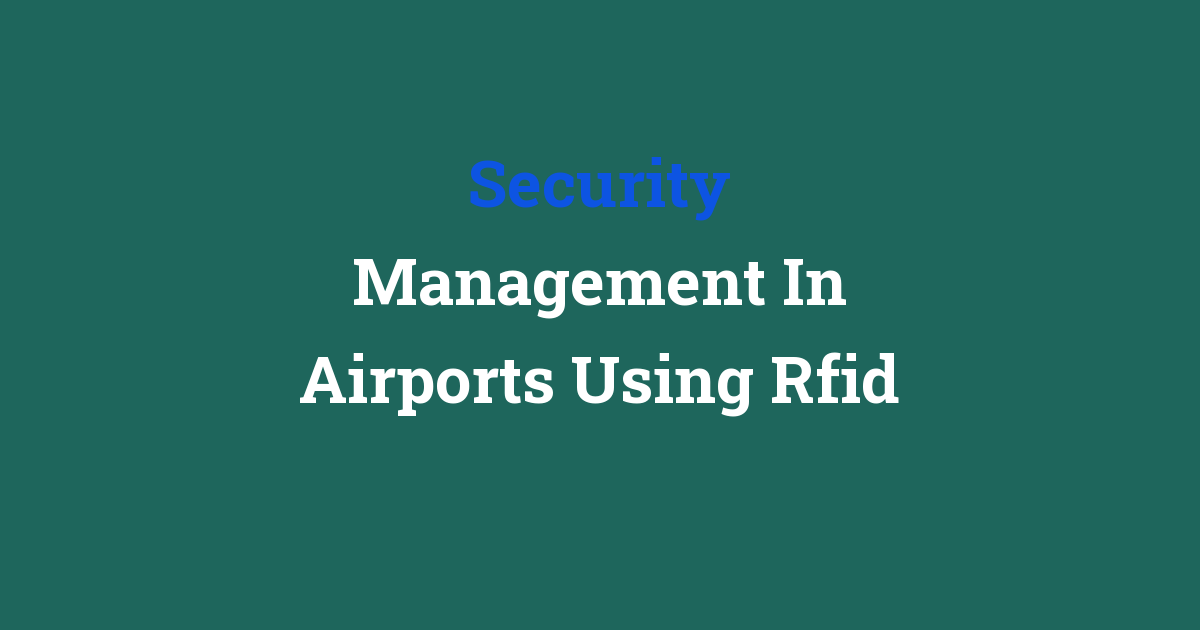RFID technology for security management in airports.
Introduction
In recent years, security management in airports has become increasingly important due to the rising threats of terrorism and other security concerns. One of the technologies being used to enhance security measures in airports is Radio Frequency Identification (RFID). This technology enables the tracking and identification of objects through the use of radio waves. In this project, we will explore the use of RFID technology in airport security management.
Problem Statement
The current system of security management in airports relies heavily on manual processes and traditional identification methods, such as boarding passes and passports. This system is susceptible to human errors and can be easily manipulated by individuals with malicious intent. There is a need for a more advanced and secure system that can enhance the overall security of airports and ensure the safety of passengers and airport staff.
Existing System
The existing system of security management in airports involves the use of physical checks, security personnel, and surveillance cameras to monitor the movements of passengers and detect any suspicious activities. Passengers are required to present their boarding passes and identification documents multiple times throughout the boarding process. This system is time-consuming and can lead to long queues and delays in the boarding process.
Disadvantages
– Manual processes are prone to human errors
– Security personnel may miss suspicious activities
– Long queues and delays in boarding process
– Traditional identification methods can be easily manipulated
Proposed System
The proposed system for security management in airports involves the implementation of RFID technology. Each passenger will be issued an RFID tag that contains their personal information and travel details. The RFID tag will be used to track the movements of passengers throughout the airport and ensure that only authorized individuals are allowed access to restricted areas.
Advantages
– Enhanced security measures
– Real-time tracking of passengers
– Reduced queues and delays in boarding process
– Secure and tamper-proof identification system
Features
– RFID tags with encrypted personal information
– RFID scanners at various checkpoints in the airport
– Real-time monitoring and tracking of passengers
– Secure access control to restricted areas
Conclusion
In conclusion, the implementation of RFID technology in airport security management can greatly enhance the overall security measures in airports and ensure the safety of passengers and airport staff. By utilizing RFID tags and scanners, airports can efficiently track the movements of passengers and detect any suspicious activities in real-time. This advanced system can reduce queues and delays in the boarding process and provide a secure and tamper-proof identification system.

